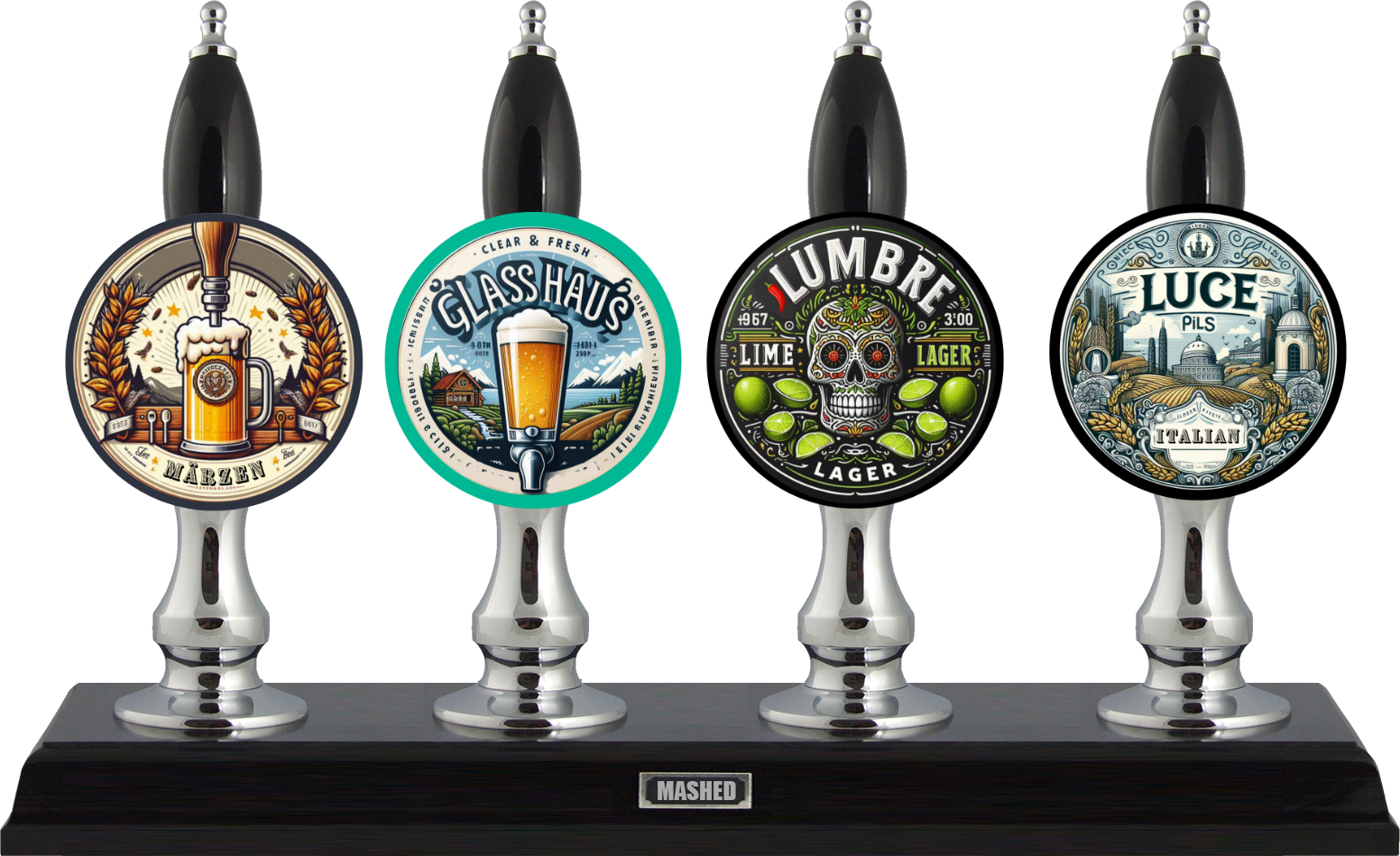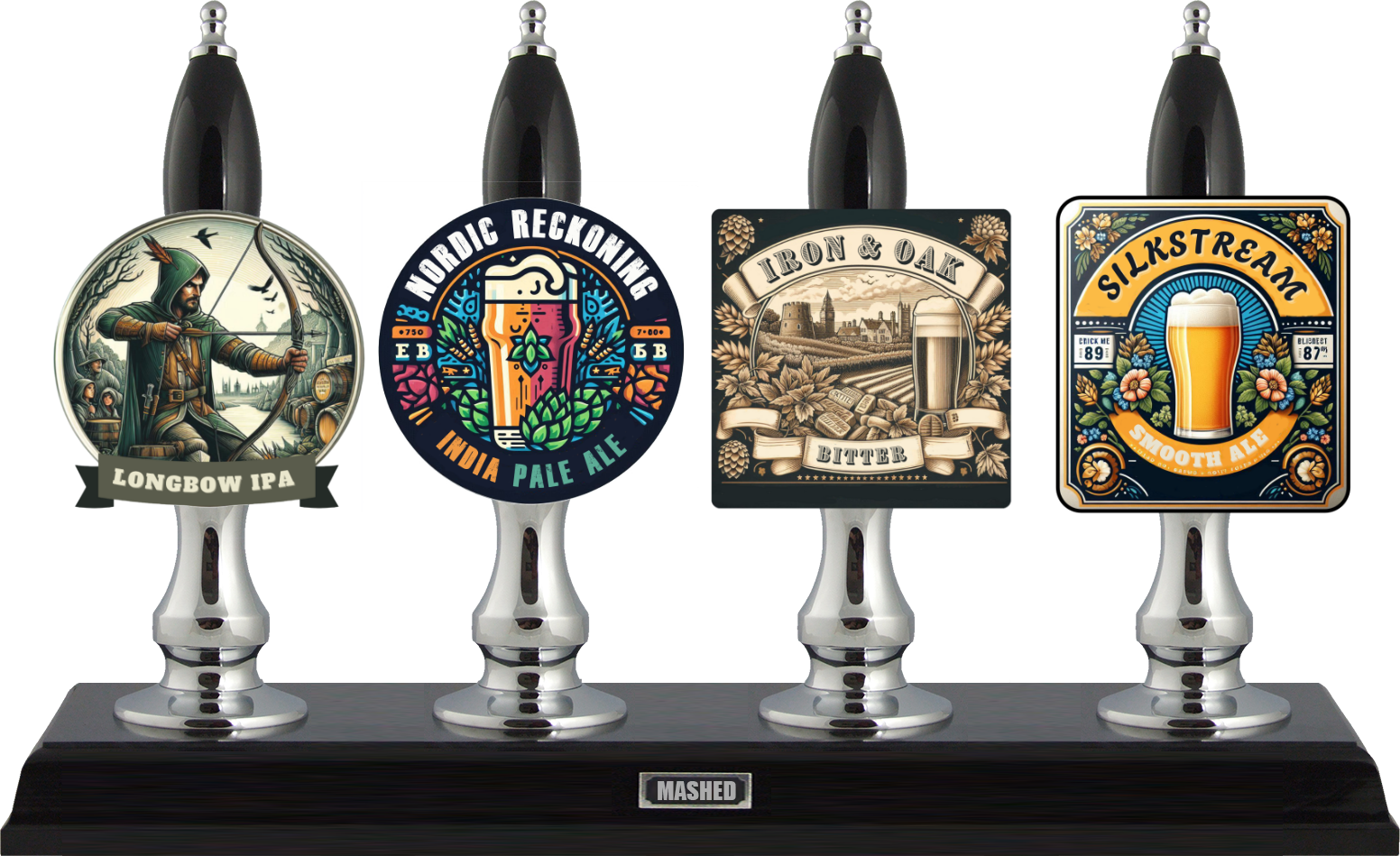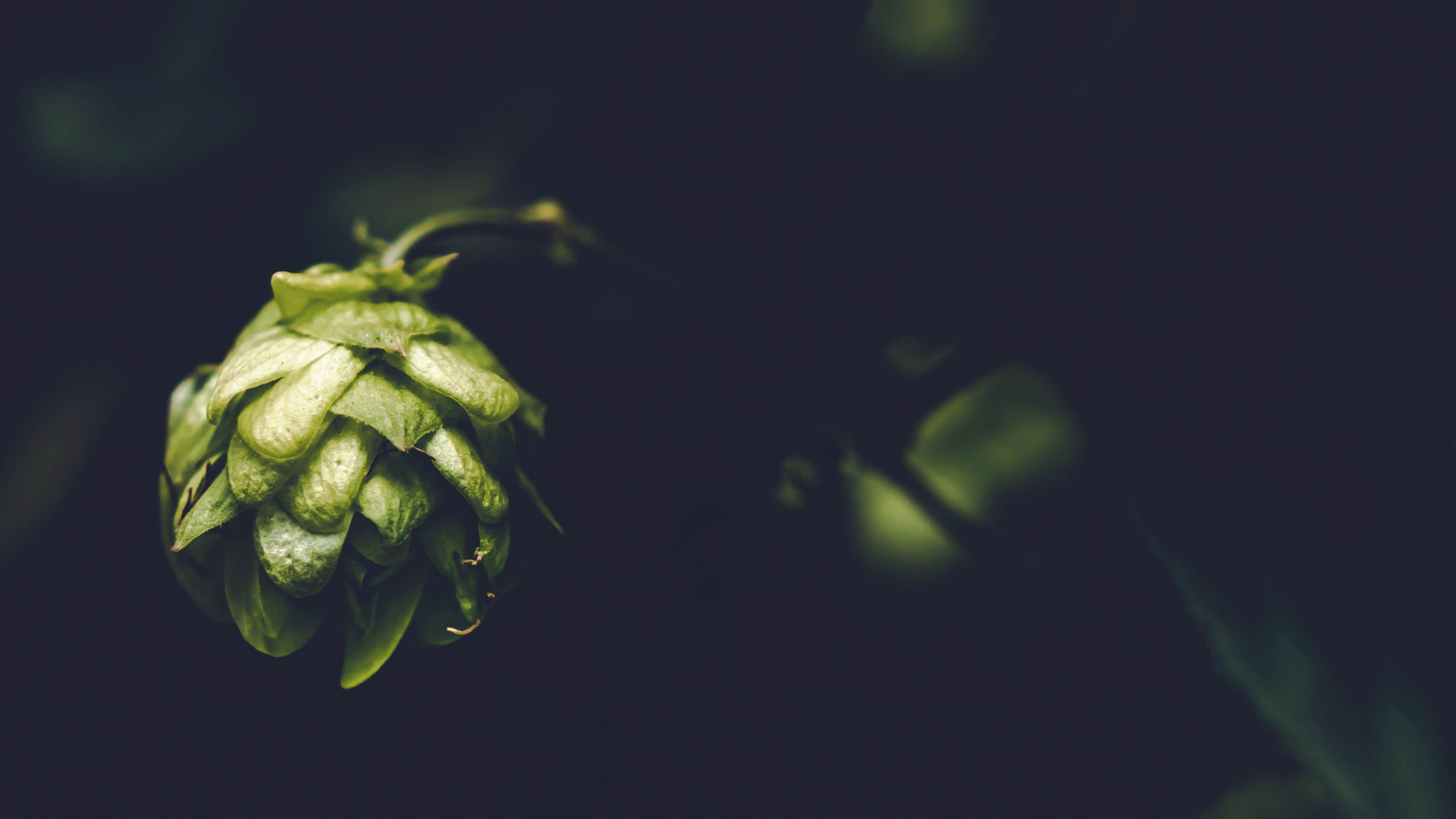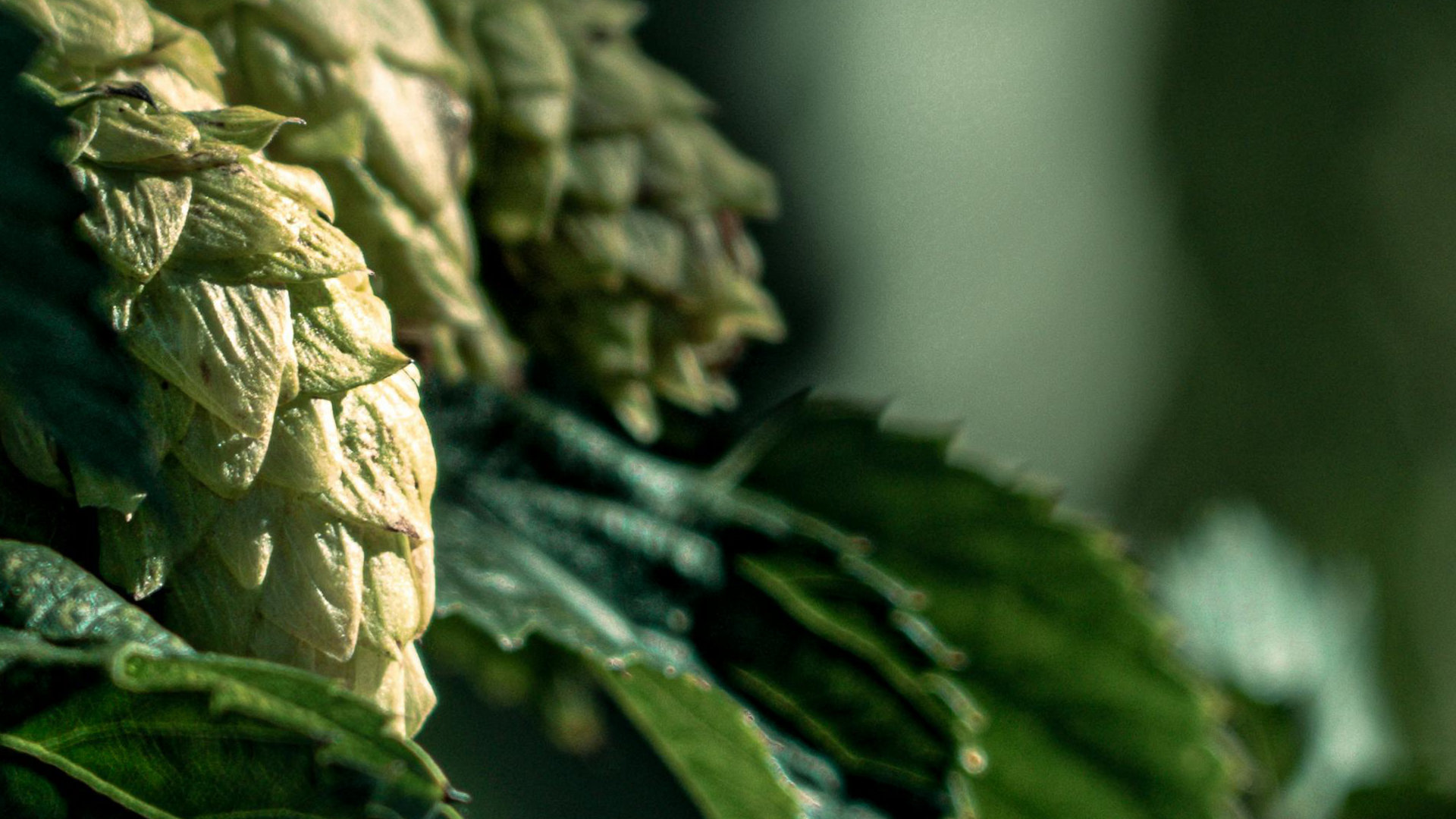I met with my local home brew group the other week and we shared some of our most recent home brews (I took a nutty brown ale and a mustard beer, if you wanted to know!). One person had brewed a table beer and we passed the bottle around to share out samples for tasting. A few of us went in for a good sniff before we supped.
‘Did you say this was Belgian?’ one person asked. ‘No’, the brewer frowned, ‘I used English Ale Yeast’. ‘I’m definitely getting green apples’, another noted. I was getting apples as well. We all had a little taste, and we were definitely getting something other than English Ale yeast and table beer. This was not, the brewer assured us, how the beer had tasted off the keg at home. It turns out that they hadn’t purged their bottles enough with CO2 and they had come on the bus... All the jiggling around had created some quick oxidation and off flavours.
I tell you this story because tasting beer, really tasting it in a mindful way, is a useful skill for home brewers. It can help you make better beer and it can support your recipe development as you understand what combination of flavours you want. So how do you go about tasting beer in a mindful way?
START WITH A GLASS
When tasting beer you should always decant it into a glass. This allows the aromas and flavours to be released, and you can really see it – because we also drink with our eyes! You want to consider the appearance, aroma and taste of the beer; each in turn, taking the time to use all your senses to take these in.
APPEARANCE
The appearance of beer is influenced by the ingredients, but also by brewing techniques. For example, it may be hazy due to the addition of wheat, or there could be hop particles from a dry hopping session. I like to take in the colour, clarity and head characteristics of the beers I’m tasting. What words would you use the describe the colour? Is it beautifully clear, hazed or even opaque? Is the head thick and creamy or just bubbles? If you have a dark beer don’t be fooled into thinking it is completely black. Beer judges will carry a torch in their pocket to shine a light through dark beers – often you will see a red or gold highlight in there. You don’t need to get that technical however, hold the glass up to the light or even use the flashlight on your phone!
AROMA
After appearance, I like to assess the aroma. You may have got a pleasing waft as you opened the can or bottle – this is what the beer is shouting at you! The beer will also say and whisper things to you. Let’s delve deeper into how to find these.
There are several techniques that you can use to assess the aroma. I like to start by taking in the top notes, then going deeper to those very light scents hidden in the beer. Here are the professional aroma techniques I use:
The Drive By: Pass the glass under your nose moving it from side to side. You will get the very top notes of the aroma from this technique.
The Pull Away: Wine tasters love this one! Put the glass up to your nose and breath in as you pull the glass away. You will start to build a picture of the aroma now.
Short Sniffs: A bit like a bloodhound, stick your nose in the glass and do several short, sharp sniffs. You will get what the beer is saying to you here – the main aroma notes.
The Swirl and Sniff: If you do no other aroma techniques, this will give you the best insight into the aroma of a beer. Cover the glass with your hand and swirl the beer. Bring the glass up to your nose, still covered, remove your hand and stick your nose deep into the glass. Take a long deep sniff. This is where all the subtle aromas hide and disclose what the beer is whispering to you. Vegetal hops, light fruity notes and delicate vanilla may reveal themselves.
TASTE
Arguably the best part, we finally get to taste the beer. Unlike wine tasting, we always swallow beer. This is because it has carbonation and because we want it to pass our retronasal olfaction – when the aromas are picked up by our nose as the beer passes our nasal passages in the throat. Retronasal allows us to taste more flavours. Most of what we perceive as flavour is actually a combination of the 5 tastes, sweet, salty, sour, bitter and umami, combined with aroma. By swallowing the beer we pick up more aroma and therefore flavour.
MOUTHFEEL
You will also want to consider the mouthfeel of the beer. This is literally how it feels in your mouth. Beers can have a range of carbonation levels. They may be soft and pillowy, thick and unctuous or thin and spiky. You also need to assess the finish of the beer: do any of the flavours linger after you have finished the sip? Is it bitter or do the flavours cut off right away, making for a dry finish? Do you want to go back for more? If you aren’t getting a lot from your beer as you taste it, it may be too cold. Allow the beer to warm slightly then try again – you will be amazed by how the flavour can change with the temperature!
‘Beer can be incredibly complex or very simple; some will be easy to assess and others will take the whole glass to tease apart. But that is a joy of beer tasting! Pick your favourite beer and spend some time mindfully tasting it – are you getting anything new from it? Building your tasting skills takes time, but that just means you need to drink more great beer!
I’m Joanne, The Beer School Lady from Love Beer Learning. I started drinking beer back in 2008 when I was handed a Sam Adams Boston Lager and realised that not all beer was yellow, fizzy and tasteless! Since then, I have tried every beer I can get my hands on (over 3000 unique beers now) but I have a love for dark and sour beers. I started to develop my beer tasting skills because I wanted to really understand what was in my glass and ended up taking the Cicerone Certified Beer Server Exam in July 2020. I’m also a qualified secondary school teacher, so I’m best placed to help you develop your beer tasting confidence!
Discover more at lovebeerlearning.co.uk and follow on social media: @lovebeerlearning



.jpg)







